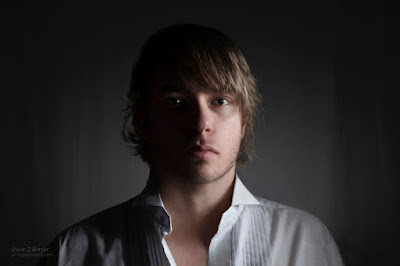Why is editing an important part of filmmaking?

Editors are part creatives and part technicians. We need a comprehensive understanding of the industry standard editing softwares. These include Adobe Premiere Pro vs. Final Cut Pro , and Da Vinci Resolve . Narrative continuity: Film editing is the art of connecting shots, scenes, and sequences to pull a movie’s story together. Shot length, camera angle emphasis, scene order and transitions, and sound design all impact viewer experience. https://www.youtube.com/watch?v=33eWqDZ6sRc&pp=ygUWTmFycmF0aXZlIGNvbnRpbnVpdHk6IA%3D%3D An editor could be selecting and cleaning up the best footage, placing it in the right order, and matching it with the right audio and soundtrack, editors also give a rhythm to a movie’s progression. Tone: Editing in film is also used as a visual language. The editor creates emotional meaning. Even seemingly small decisions in the editing room—such as using sharp, short cuts instead of leaving in long, unbroken shots—influences a scene’s tone. Some edi

